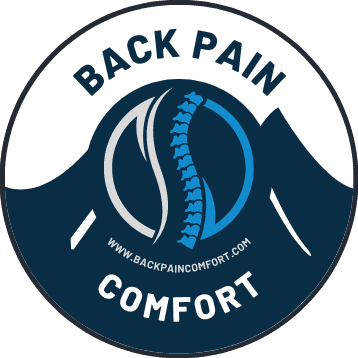
Have you ever heard of Hijama? It’s an ancient practice that’s been used for centuries to help with various health issues, including back pain. In our fast-paced world, where back pain is increasingly common due to our lifestyles, Hijama offers a unique and natural approach to pain relief. But the big question is, is Hijama right for you? Let’s dive in and find out!
What is Hijama?
Hijama, also known as cupping therapy, is a traditional form of alternative medicine. It involves placing cups on the skin and creating suction. This suction is believed to increase blood flow, which can lead to numerous health benefits. The practice has roots in Middle Eastern and Asian cultures and is often used to treat pain, including back pain.
How Does Hijama Work for Back Pain?
When it comes to back pain, Hijama works by targeting the specific areas where you’re experiencing discomfort. The suction from the cups is thought to draw out impurities and stimulate blood flow to the area. This increased circulation can help reduce muscle tension and promote healing, providing relief from pain.
The Benefits of Hijama for Back Pain
- Natural Pain Relief: Unlike pain medications, Hijama offers a natural solution without the risk of side effects or dependency.
- Promotes Healing: By increasing blood flow, Hijama can help accelerate the body’s natural healing processes.
- Relaxation: The therapy can be quite relaxing, which in itself can help alleviate pain and stress, often a contributing factor to back pain.
- Improved Flexibility: Regular sessions may improve flexibility and range of motion, reducing the likelihood of future back issues.

Is Hijama Safe?
Hijama is generally considered safe when performed by a trained and certified practitioner. However, it’s important to be aware of potential risks, like bruising, discomfort at the cupping site, and, in rare cases, skin infections. Always consult with a healthcare professional before starting any new treatment, especially if you have underlying health conditions.
Who Should Try Hijama for Back Pain?
Hijama can be beneficial for those suffering from chronic back pain, muscle stiffness, or those looking for a natural pain relief method. It’s particularly popular among athletes and individuals who prefer holistic health approaches. However, it may not be suitable for everyone, such as pregnant women, children, or people with certain health conditions.
What to Expect in a Hijama Session?
A typical Hijama session lasts about 30-60 minutes. The therapist will place cups on your back and create suction, either by using a pump or by briefly heating the air inside the cup. You may feel a pulling sensation, but it shouldn’t be painful. After the session, you might notice marks on your skin from the cups, but these usually fade within a few days.

When to Avoid Hijama
While Hijama is beneficial for many, there are certain conditions where it should be avoided:
- Individuals with bleeding disorders or on blood thinners.
- Those with skin conditions or open wounds in the area to be treated.
- People who have had recent surgery.
- Anyone with a weakened immune system.
Additional Benefits of Hijama for Back Pain
- Enhances Relaxation: The process of Hijama can be quite relaxing, helping to reduce muscle tension and promote a sense of well-being.
- Reduces Chronic Pain: For those with long-standing back issues, Hijama may offer sustained pain relief where other treatments have failed.
- Improves Posture: By relieving muscle tension, Hijama can aid in improving posture, a common factor in back pain.
- Increases Energy Levels: Many people report a boost in energy and vitality following Hijama sessions, which can be beneficial for overall health.
- Complementary Therapy: Hijama can be used in conjunction with other treatments, such as physiotherapy, to enhance pain relief.
Conclusion
Hijama for back pain offers a unique and natural approach to pain relief. It’s a holistic practice that not only addresses the physical aspects of pain but also promotes overall well-being. If you’re struggling with back pain and looking for an alternative to conventional treatments, Hijama might be worth considering. Remember, the key is to consult with healthcare professionals and find a qualified Hijama practitioner. Who knows, this ancient practice might just be the solution you’ve been searching for!






